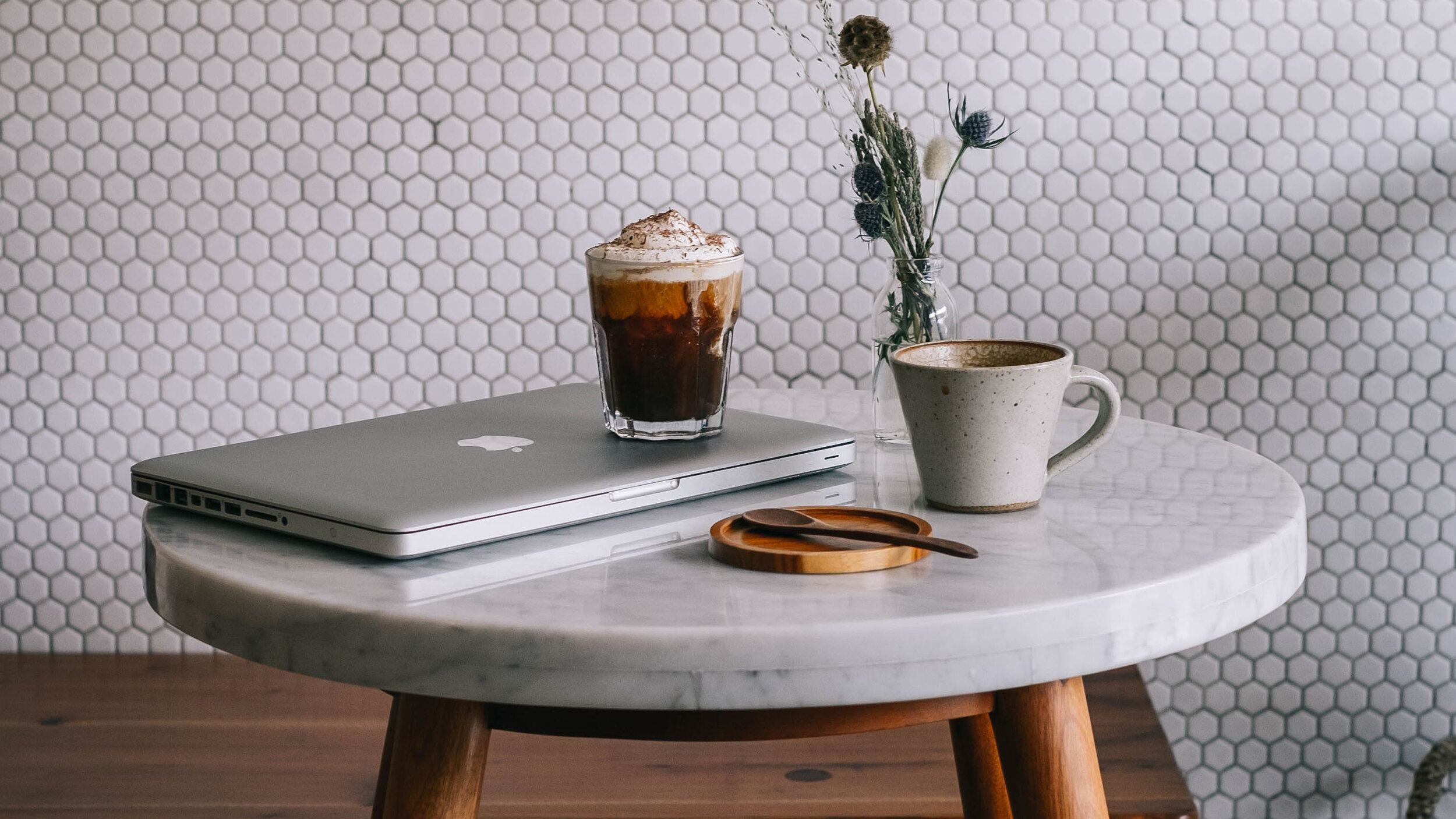
The Ultimate Hawaiian Coffee Blog
Coffee News and Culture with a Hawaiian Twist
A Brief Guide to Buying the Best Hawaiian Coffee Online
Just as there is a difference between a Volvo and a Rolls Royce, so too are the vast differences between the various grades of Kona coffee.
Let’s face it, when it comes to buying Hawaiian coffee online, it’s hard to find a good place to start. Why? Because the internet world of online shopping is littered with countless online retailers, boasting about their premium Kona coffee products for sale.
But, here’s the thing… just as there is a difference between a Volvo and a Rolls Royce, so too are the vast differences between the various grades of Kona coffees. For those unfamiliar with Kona coffee, simply put, it is cultivated on the slopes of Hualalai and Mauna Loa on the Big Island of Hawaii.
So, what are the various grades of Kona coffee available on the market? Let’s start with the “Undisputed King of Kona.”
KONA PEABERRY #1
Kona Peaberry #1 is one of the rarest and most luxurious cups of caffeine in the world and is the rarest and highest grade of Kona coffee available on the market. Peaberry #1 falls under the category of Type II beans, which consist of a single round bean per cherry, which is 9x more rare.
So, why does the shape of the bean matter? Two reasons. Peaberry beans roast differently and they taste different when compared to normal Type I beans. Peaberry #1 is arguably the smoothest cup of Joe anywhere in the world.
In fact, if you’re a person who can’t drink your morning brew black, we can almost guarantee that you will be able to drink a cup of Peaberry #1 straight black. Impressive, right? But like all good things in life, it comes at a price.
Think of Peaberry #1 as your top-shelf liquor, your Rolex, or your filet mignon steak from Ruth’s Chris. It’s not cheap, but it doesn’t taste cheap either. You definitely get what you pay for with this grade of Kona coffee. It does not disappoint. It’s the King for a reason.
Product link: https://www.konacoffeeco.com/online-store/p/kona-peaberry
KONA PEABERRY PRIME
Kona Peaberry Prime is similar to Peaberry #1, but with an important caveat: Peaberry Prime is allowed to have 25% defective beans, whereas Peaberry #1 is only allowed to have 18 defects per 300 grams (roughly 6%). That means there are 19% more defective beans in Peaberry Prime.
For this reason, Peaberry Prime tends to be a bit cheaper and slightly more accessible, but it also packs less of the goodness and purity associated with the Undisputed King.
KONA EXTRA FANCY
Kona Extra Fancy is the highest grade of Kona available for Type I beans. What are Type I beans? In layman's terms, they are beans with a size and shape that most people are used to seeing: flat on one side, oval on the other. For context, Type II (i.e., peaberry) are round.
Type I are much cheaper than peaberry because Type I beans are far more common and can be cultivated. Type II cannot be cultivated and are the result of an accident in nature. Put in perspective, peaberry beans account for only 3-5% of each harvest.
In other words, 95-97% of a crop results in Type I beans. So, does that mean that Type I beans are bad? Absolutely not. Type I beans are still amazing, especially Extra Fancy, which outside of Peaberry #1, is one of the best cups of caffeine you will find anywhere.
When it comes to Hawaiian coffees, Kona Extra Fancy is top-notch quality, containing the largest beans with the least amount of defects: no more than 8 defects per 300 grams. And it is also extremely rare, accounting for only 20% of each crop.
Product link: https://www.konacoffeeco.com/online-store/p/100-kona-extra-fancy
KONA FANCY
Kona Fancy is still considered high-quality but has slightly smaller beans than the aforementioned Extra Fancy. Also, Kona Fancy beans are permitted by the Hawaii Department of Agriculture (HDOA) to have 12 defects per 300 grams.
KONA NUMBER 1
Don’t be fooled by the name here. It may be referred to as #1, but is really fifth-best on our list thus far. The main differences with Kona Number 1 are smaller, medium-sized beans and the allotment of 18 defects per 300 grams.
KONA SELECT AND KONA PRIME
Kona Select and Kona Prime beans are where things get a bit loosey-goosey. The Hawaii Department of Agriculture does not require either grade to have sizing or color requirements, resulting in extremely small beans. And when it comes to defects, Select is permitted up to 5%, while Prime is permitted up to 20%.
THE COST OF QUALITY
As you can see, there are a wide variety of options available to choose from. So, which direction should you go? The best options, in terms of purity and superior taste, is Peaberry #1 and Extra Fancy. There’s no doubt that these two brews are a no-brainer. The trade-off for top quality is the price.
Generally speaking, Peaberry #1 retails for around $5.79 per ounce. That’s $5.79 per 28 grams. So, if you consider that many online retailers sell by the pound (lb.), then that’s an estimated retail price of $92.67 per pound. That might sound like a lot, but it’s actually a good price for the value proposition.
A great alternative to Peaberry #1 is Extra Fancy because it’s still extremely pure, great-tasting, and also worth every penny. No, it’s not the same as peaberry coffee, but it’s still some of the best Hawaiian coffee out there. The retail price for Extra Fancy ranges anywhere from $50 to $70 per lb.
When it comes to cost and price fluctuation, it’s important to remember that coffee is a commodity, so the price is highly liquid and almost never stays the same. This is especially true of Hawaiian coffees because there is only so much that the islands can produce for the entire world.
In other words, the basics of supply and demand come into play here. Farmers only have so much farmland and are limited on how much they can cultivate per year. So many factors contribute to the price fluctuation, especially weather. A perfect example is what happened to Brazil in July of 2021.
According to the Wall Street Journal, the global cost of coffee soared much higher due to one of the worst droughts in almost a hundred years for Brazil. So, even supply and demand issues from other coffee-producing nations can create problems in the supply chain for other nations, such a Hawaii.
The reason for this is simple. Brazil is one of the world’s biggest coffee producers. If Brazilian coffee becomes more scarce, then people will turn to alternatives, thus driving up demand for other origins. As demand increases, less coffee becomes available in the global commodity markets.
FINAL THOUGHTS
It goes without saying, but before you buy Hawaiian coffee online or from any other retailer, please make sure you pay close attention to the website and/or product descriptions because they do matter. When certain information is missing or absent from a product description, ask yourself “why.”
Some big-name corporations sell “Kona” coffee, but they fail to disclose what kind of Kona they are selling. You’d be surprised how many retailers market their Hawaiian coffee as “100% Kona” but add nothing else of value in terms of grading standards according to the HDOA. Think of it this way, if a company doesn’t mention the grading standard, then it’s probably low quality. Plain and simple.
Buy Hawaiian Coffee Online | Kona Coffee Company
You want to start your day full of excitement? Then visit our Kona Coffee Company to buy the best Hawaiian coffee: https://www.konacoffeeco.com


